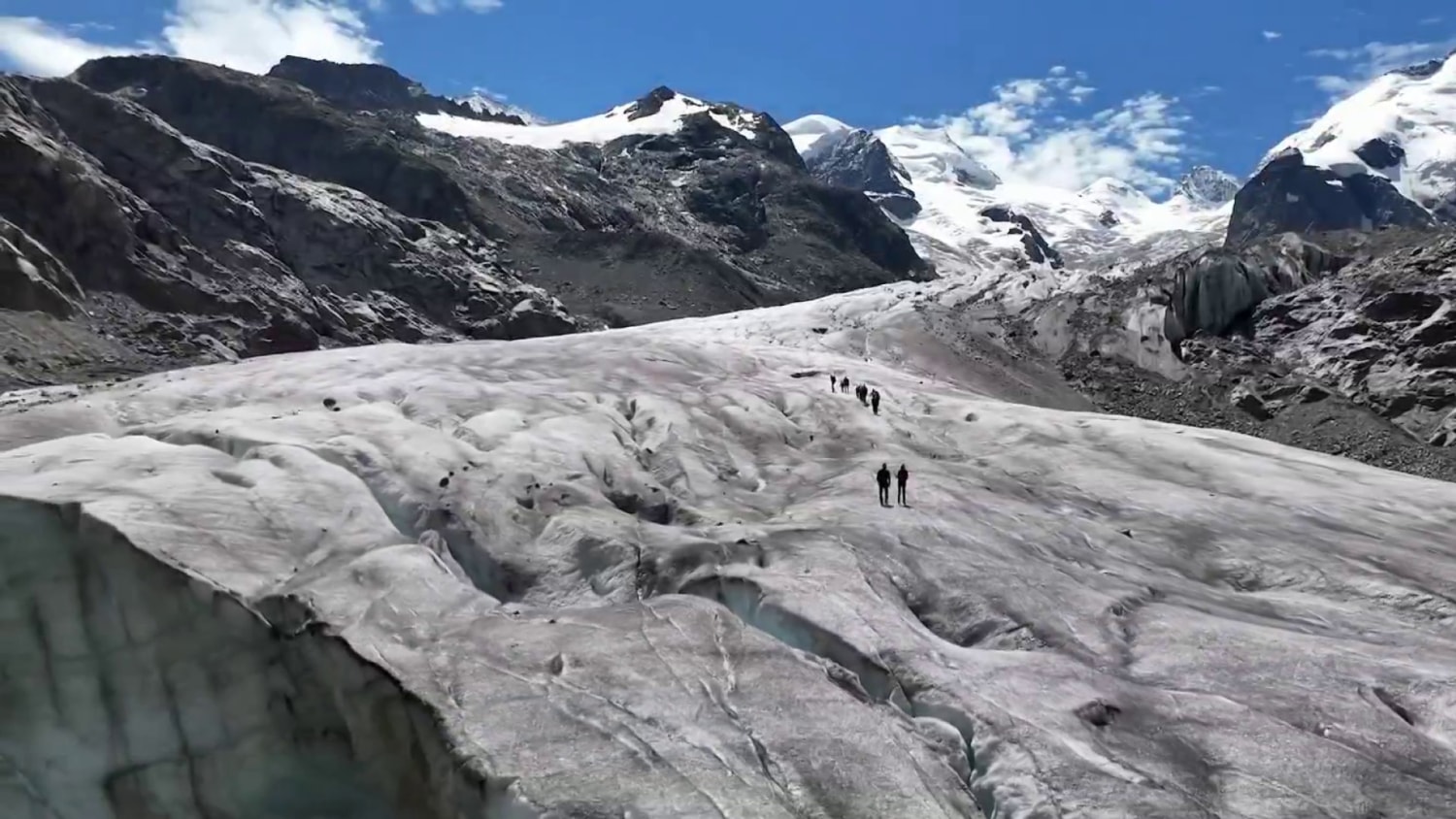Melting glaciers throughout Europe are providing undeniable signs of climate change. The swift reduction of these significant ice structures clearly illustrates the tangible impacts of global warming. From the Swiss Alps to the fjords of Norway, these old ice reserves are diminishing rapidly, changing landscapes and disturbing ecosystems while also posing risks to water resources for countless individuals. Scientists and field researchers are recording these transformations, offering undeniable data that highlights the urgency of addressing the climate crisis. The evidence is widespread: freshly exposed rock surfaces, larger glacial lakes, and significant changes in the hydrology of complete regions.
The effects of this swift glacial melting reach far beyond merely the loss of stunning ice landscapes. Glaciers play a crucial role in the global water cycle, serving as natural storage systems that accumulate water during the winter and gradually release it during the drier summer periods. This steady supply is essential for farming, the generation of hydroelectric power, and providing drinking water for communities downstream. As glaciers recede, this dependable water source becomes more uncertain. Initially, the increased meltwater can result in flooding and instability, while over time it leads to water shortages. This looming water crisis seriously threatens economic stability and food security, especially in southern Europe, where Alpine glaciers supply many rivers. The effects on biodiversity are also significant, as species that thrive in cold, glacial habitats are losing their environments.
Experts are using a variety of methods to monitor the glacial retreat, including satellite imagery, aerial photography, and on-the-ground surveys. The data consistently shows an accelerating trend of ice loss. In many cases, glaciers that have existed for thousands of years are now projected to disappear within a few decades. This rapid disintegration is not a natural cyclical event; it is directly linked to the unprecedented rise in global temperatures driven by human activity. The glaciers themselves act as a historical record of climate, with ice cores revealing past atmospheric conditions. The current rate of melt is far outside the range of historical fluctuations, confirming that we are in a new and dangerous climatic era. The visible changes on the ground serve as a powerful educational tool, making the abstract concept of climate change a concrete reality for anyone who witnesses it.
The social and cultural implications are also significant. Glaciers hold a special place in the identity of many European communities, intertwined with local traditions, tourism, and a sense of natural heritage. The loss of these ice formations is more than just an environmental problem; it is an emotional and cultural one. Ski resorts are struggling with shorter seasons and less predictable snowfall, impacting local economies that depend on winter tourism. Mountaineers and climbers are facing new dangers as the melting ice and permafrost make mountainsides unstable, increasing the risk of rockfalls and landslides. These changes are forcing communities to adapt and reconsider their long-held relationships with the natural environment. The visual evidence of the melting glaciers is a constant and sobering reminder of the need for immediate and decisive action.
Moreover, the melting of glaciers plays a role in the global increase in sea levels. Although the water volume from glaciers in Europe might seem insignificant on a worldwide scale, it has a cumulative impact. Each contribution of meltwater escalates the overall rise, posing a significant threat to coastal areas around the globe. Cities at low altitudes and island countries face heightened risks from more frequent and severe storm surges and coastal flooding. The global climate system’s interconnected nature implies that an issue in one area, such as the European Alps, triggers ripple effects felt worldwide. This underscores the shared obligation of all countries to tackle the fundamental causes of climate change, particularly the curbing of greenhouse gas emissions.
The indications of climate threats in Europe’s glaciers emphasize the necessity for immediate measures. They strongly argue for hastening the shift towards renewable energy, adopting more sustainable practices in land management, and encouraging global collaboration on climate strategies. Scientists are unified in their message: the opportunity for effective action is diminishing. The relentless melting of these glaciers will amplify the situation, as the exposed, darker ground absorbs additional heat, further speeding up the warming process. This destructive cycle, identified as the albedo effect, illustrates how minor changes can lead to significant, more disastrous transformations in the climate system. The visual and scientific data from the retreating ice across Europe provides an essential insight, underscoring the pressing requirement for a comprehensive and collective effort worldwide.
The account of Europe’s retreating glaciers isn’t about an unavoidable catastrophe, but rather a pressing threat that can still be addressed. This tale is recounted in the creaks of moving ice and the rush of fresh water courses. It’s the story of an overburdened planet and humanity at a pivotal juncture. The destiny of these stunning natural landmarks, as well as the countless individuals relying on them, is precarious. The proof is irrefutable and serves as a strong drive for transformation. Glaciers are delivering an unmistakable message, and it is our responsibility to heed and respond. The opportunity for discussion is over; we must act immediately.





